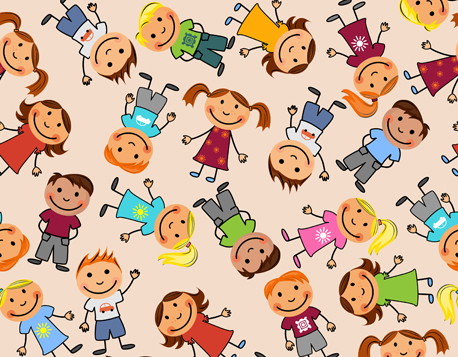OPINION26 January 2015
All MRS websites use cookies to help us improve our services. Any data collected is anonymised. If you continue using this site without accepting cookies you may experience some performance issues. Read about our cookies here.

OPINION26 January 2015
In the kids and youth market we hear a lot about ‘cool’. We speak to ‘cool’ kids – the thought leaders – so that we can understand what they want from brands and organisations. We do this with the assumption that if we get it right for those most aspirational little people, we’ll get it right for them all.
We screen out children from research groups who are not confident and talkative in the hope that we will have a nicely-behaved set of children who will give us those gems of quotes to back up a marketing or product strategy.
But it’s really important that we understand the full range of kids. Not just the cool ones. In a survey recently conducted by Platypus with 1,000 children aged 8-16 years, we asked: “what makes a brand cool?” Half said it was “a brand that understands me and helps to show who I am as a person”. In order to do that, we need to understand the full range of personalities and experiences. But how do we truly understand real kids?
There are many common themes unifying children. Children across the world are similar in many ways: Maslow’s needs-based hierarchy demonstrates the need for the basic physical comforts but also the need for love, connections and achievement. These needs drive the basic similarities and behaviours of all children, and are useful to refer to as the basic principles for engaging with them. But although children’s needs are the same, in terms of how they behave and think, there are many differences to consider.
Children are shaped by their backgrounds, social environment and the people they spend their time with. 19% of the UK population are dependent children. They come from a diverse range of regions, ethnicities and cultures, with different family structures and levels of affluence, all of which have huge impacts on a child’s experiences, attitudes and behaviours. 18% of primary school pupils have a first language that is not English. It’s clear that this diversity is not something that can be ignored when researching children’s lives, nor can it be tackled with standard recruitment practices or research approaches.
Children spend most of their time at home, in school, or online. Spending time with children in their homes is one of the most valuable approaches for really understanding the details of childhood. Not only are children more relaxed at home and find it easier to open up and chat, but collecting observations from within the home environment gives us a really detailed picture of interests, family structure, online behaviour and routines, as well as giving us the opportunity to speak with family members.
The same applies to school. When we consider that around 20% of a child’s waking hours are spent at school, it’s clear that if we don’t know what goes on at school, we’re only understanding part of a child’s experiences.
Segmenting by age and gender is really useful exercise for understanding top-level differences, but can be harmful in that we can then gloss over the fact that children of the same age are not all the same.
Different types of personality exist across childhood, irrespective of age. It is in exploring and understanding those personality types and highlighting that all kids are unique that we can really begin to say we know kids and we can engage effectively with them.
So, it’s clear that there are challenges and changes that need to be made in order to conquer the four steps to understanding real kids. However, with a focus on more inclusive recruitment, creative, ethnographic and interactive approaches and asking the right questions in the right way, it’s certainly achievable.
Joanne Cliff is managing director of Platypus Research. She will be speaking at the MRS Kids and Youth Research conference on Thursday, January 29 2015.
0 Comments